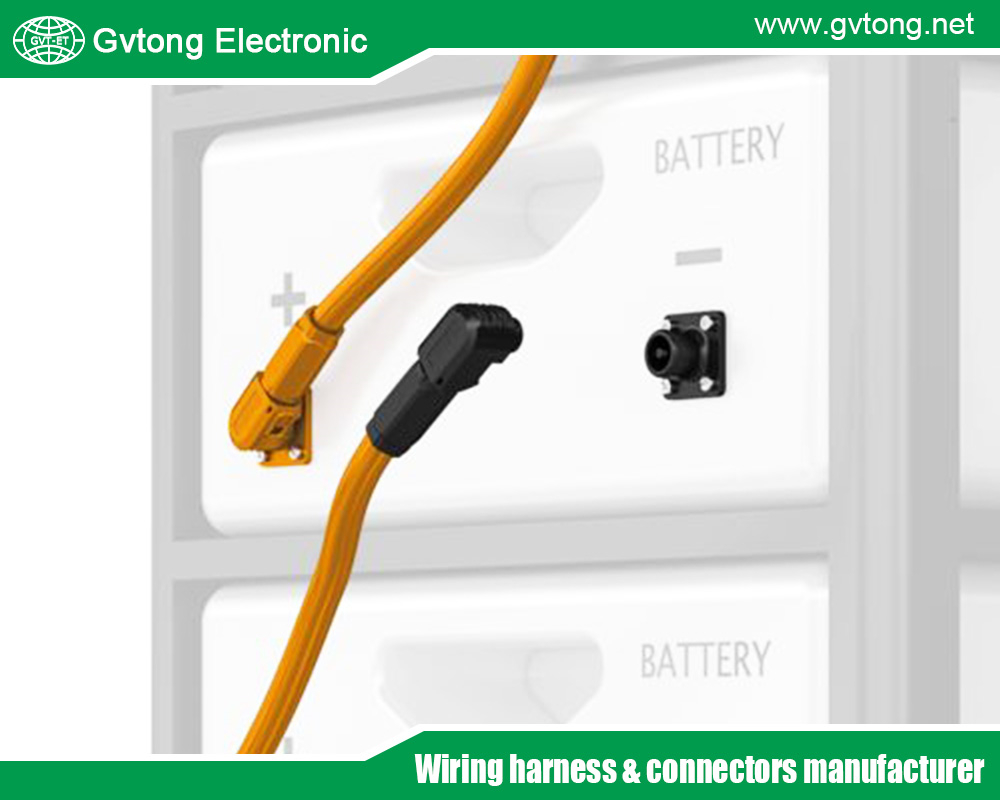Blogs & News
We are focus on automotive wiring harness & connectors technology.
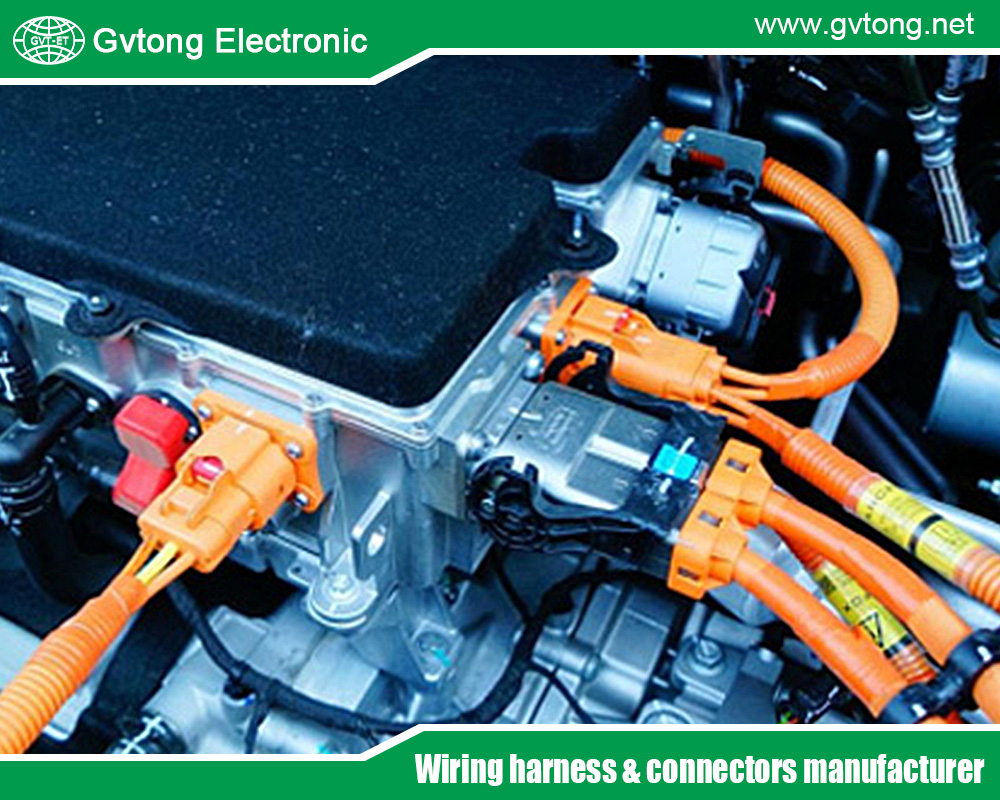
Exploring Male and Female Connectors: Differences, Applications, and Selection Guide
- Gvtong Electronic
- 48V board net connectors, antenna connector, Anti-vibration automotive connectors, Automated assembly connectors, automotive diagnostic connector, automotive hybrid connector, Automotive shielded connectors, Automotive-grade AEC-Q200 connectors, coaxial connector, Cost-effective automotive connectors, data connector, diagnostic connector, electrical connector, Halogen-free automotive connectors, high - frequency, high - frequency connector, High voltage connector, High-speed data connectors, High-temperature resistant connectors, hybrid connector, Low voltage connector, male and female connector, male and female connector factory, male and female connector manufacturer, male and female connector supplier, Multi-variation connectors, Oil-resistant automotive connectors, Oil-resistant Connectors, optical fiber connector, power distribution, power distribution connector, Recyclable material connectors, Redundant safety connectors, Signal Connector, temperature - resistant connector, Thermal management connectors, vibration - resistant, vibration - resistant connector, waterproof connectors, Wireless charging connectors
- No Comments
Exploring Male and Female Connectors: Differences, Applications, and Selection Guide
In the vast landscape of electronic devices, connectors serve as critical links for establishing electrical connections and signal transmission between devices. Male and female connectors, as two fundamental types in the connector family, may appear similar at first glance but differ significantly in structure, function, performance, application scenarios, and other dimensions. Understanding these differences is not only key for electronic engineers to make precise component selections but also essential for ensuring the stable operation and optimal performance of electronic devices. This article delves deep into the distinctions between male and female connectors,unveiling their mysteries.
Structural and Shape Differences
(A) Male Connectors
The most notable structural feature of male connectors is the presence of protruding pins or terminals. These pins are typically made of highly conductive metal materials such as copper alloys and undergo surface treatments like gold plating to reduce contact resistance and enhance oxidation and corrosion resistance. The number, diameter, length, and arrangement of the pins vary depending on the connector type, application scenario, and transmission requirements. For example, a USB Type-A male connector usually has 4 pins, responsible for power positive, power negative, data transmission positive, and data transmission negative. In high-speed Ethernet connectors, the number of pins may be larger, with a more precise arrangement to meet the needs of high-speed differential signal transmission. In terms of shape, the pin portion of male connectors is relatively sharp, and the overall design is simple, facilitating quick insertion into corresponding female connectors for rapid connection.
(B) Female Connectors
Female connectors are designed with jacks or slots that match the pins of male connectors. Inside the jacks, there are usually elastic contact blades, typically made of springy metals like beryllium bronze, to ensure sufficient contact pressure when the male pins are inserted, enabling stable and reliable electrical connections. These contact blades must maintain good elasticity and conductivity over long-term use to sustain the connector’s performance. The appearance of female connectors is relatively complex, often including structures such as housings, locking mechanisms, and shielding layers in addition to the jacks. For instance, the housing of industrial heavy-duty female connectors is usually made of high-strength engineering plastics or metal materials, offering excellent mechanical protection. The locking mechanism ensures a tight connection after mating, preventing accidental disconnection, while the shielding layer effectively blocks external electromagnetic interference to maintain signal transmission stability.
Functional Differences
(A) Direction of Signal Transmission
In electrical connection systems, male and female connectors play distinct roles in signal transmission. Male connectors typically serve as the output terminals for signals or power, transmitting electrical signals or energy generated within a device to the outside. For example, a computer’s graphics card uses a male connector (e.g., HDMI male) to output video signals to external display devices like monitors for image presentation. The output end of a charger employs a male connector (e.g., DC male) to transmit converted DC power to electronic devices such as smartphones and tablets for charging.Female connectors primarily function as input terminals for signals or power, receiving signals or energy from male connectors and delivering them to the internal circuits of connected devices. The HDMI female port on a monitor receives video signals output by the computer and processes them through internal circuits to display images on the screen. The charging port (female connector) of a smartphone receives electrical energy from the charger, charging the battery and powering the device’s operation.
(B) Connection and Fixation Roles
The main function of male connectors is to enable quick mating with female connectors, designed for easy insertion to establish rapid electrical connections between devices. During connection, male connectors often act as movable components, flexibly docking with female connectors in different positions. For example, one end of the external data cable for a portable electronic device is a male connector, allowing users to easily plug it into the device’s female port for data transfer or charging.In addition to receiving male connectors, female connectors also play a crucial role in fixing the connection. They are typically secured to a device’s panel, circuit board, or other structures, providing a stable docking foundation for male connectors. On the motherboard of an electronic device, various female connectors (such as memory slots and PCI-E slots) are firmly soldered to the circuit board. When male connectors (such as memory modules and expansion cards) are inserted, the female connectors ensure connection stability through their structure and fixation methods, preventing loosening caused by vibration or external forces, which could affect device operation.
Performance Differences
(A) Number of Insertions/Withdrawals and Durability
Due to frequent plugging and unplugging, the pins of male connectors are prone to wear. With increased insertion/withdrawal cycles, the surface plating of the pins may gradually wear off, leading to increased contact resistance and affecting signal and power transmission quality. Some low-quality male connectors may exhibit poor contact after just a few hundred insertions. To improve durability, male connectors often use thicker gold plating or more wear-resistant materials on their pins; some high-end male connectors can withstand thousands of insertions while maintaining normal operation.The jacks and elastic contact blades of female connectors also experience some wear during plugging/unplugging, though at a slower rate than male connectors. The elastic contact blades must retain good springiness over time to ensure reliable contact with male pins. If the blades lose elasticity due to frequent use, poor contact may occur. High-quality female connectors are designed with careful material selection and structural optimization for the elastic components to enhance durability; some industrial-grade female connectors can withstand tens of thousands of insertions.
(B) Electrical Performance
- Contact Resistance: When the pins of male connectors mate with the jacks of female connectors, contact resistance is formed, directly influencing signal transmission loss and power transfer efficiency. Factors such as the surface smoothness of male pins, plating quality, and mating precision with female jacks affect contact resistance. Rough pin surfaces or defective plating reduce contact area, increasing resistance. For female connectors, the dimensional accuracy of jacks, pressure of elastic contact blades, and conductivity also impact contact resistance. Oversized jacks or insufficient blade pressure can raise resistance. To minimize contact resistance, both male and female connectors undergo strict control of dimensional accuracy and surface quality during manufacturing, along with appropriate material and plating processes.
- Insulation Performance: Male and female connectors must ensure good insulation between different pins/terminals and between pins and the housing while enabling electrical connections. The insulation performance of male connectors depends mainly on their housing materials and internal insulation structures. Housings are typically made of insulating plastics or rubbers, while internal insulation structures prevent electrical short circuits between pins. Female connectors also require excellent insulation, with critical insulation barriers between jacks and insulation treatments for the housing. Poor insulation can lead to leakage or short circuits under high voltage or humid conditions, damaging devices or posing safety hazards. Therefore, both types of connectors undergo rigorous insulation tests during design and manufacturing to meet relevant standards and application requirements.
Application Scenario Differences
(A) Common Applications of Male Connectors
- Cable End Connections: Male connectors are frequently used at the ends of various cable assemblies to connect with other devices. Communication cables, power cables, etc., often have male connectors at their terminals for easy mating with female ports on devices. In network cabling, one end of an Ethernet cable typically has an RJ45 male connector for plugging into the RJ45 female ports of network devices like switches and routers to transmit network signals.
- External Device Connections: Many electronic devices use male connectors for external connections, allowing users to easily access peripherals. The USB male ports on a computer host enable users to connect external devices (e.g., mice, keyboards, external hard drives) via USB data cables. The VGA male port on a projector connects to a computer or other video sources for image projection.
(B) Common Applications of Female Connectors
- Panel Mounting: Female connectors are widely used in panel mounting as a device’s external connection interface. Industrial control devices often have various female connectors (e.g., DB9 female, aviation socket female) on their control panels for connecting external control cables, sensors, and other equipment. Server racks are equipped with numerous female connectors on their front panels, such as Ethernet female ports and fiber optic female ports, for easy connection to network cables and storage devices.
- Motherboard Integration: Female connectors are indispensable components on electronic device motherboards. Memory slots, CPU sockets, PCI-E slots, etc., are all female connectors that accept corresponding male components (e.g., memory modules, CPUs, expansion cards) to enable internal electrical connections and signal transmission. The performance and quality of these female connectors directly impact motherboard stability and overall device performance.

Selection Considerations
(A) Determine Type Based on Application Requirements
When selecting male or female connectors, start by identifying the specific application needs. Choose male connectors for outputting signals or power from a device to external equipment, and female connectors for receiving signals or power from external sources into the device. For example, in designing a data acquisition system, the sensor end should use a male connector, while the data acquisition card end uses a female connector to transmit sensor signals via cables.
(B) Consider Electrical Performance Requirements
- Signal Transmission Rate: For high-speed signal applications (e.g., high-speed Ethernet, HDMI high-definition video), select male and female connectors with excellent electrical performance that meet high-speed transmission requirements. These connectors should feature low insertion loss, low return loss, and good shielding to ensure signal integrity during transmission.
- Current-Carrying Capacity: For applications involving high current (e.g., power connections), choose connectors that can handle the required current based on its magnitude. Factors such as conductor material, cross-sectional area, and contact resistance affect current-carrying capacity. Generally, better-conductive materials and larger conductor sizes enhance this capability.
(C) Focus on Mechanical Performance and Environmental Adaptability
- Insertion/Withdrawal Force and Durability: For frequently plugged/unplugged connectors, select products with moderate insertion force and good durability. Excessive force can damage connectors and device ports, while insufficient force may lead to loose connections. Additionally, consider the connector’s lifespan to ensure it functions properly within the specified number of cycles.
- Environmental Conditions: Choose connectors with appropriate environmental adaptability for different conditions (e.g., high/low temperatures, humidity, dust). Outdoor applications require waterproof, dustproof, and corrosion-resistant connectors, while devices operating in high-temperature environments need connectors with heat-resistant materials and structures.
Male and female connectors each play unique roles in electronic device connection systems, differing significantly in structure, function, performance, and application scenarios. In practical use, only by fully understanding these differences and rationally selecting and applying connectors based on specific needs, electrical requirements, and environmental conditions can we ensure the stable and efficient operation of electronic devices, providing a solid foundation for the development of modern electronic technology.
For more about exploring male and female connectors: differences, applications, and selection guide, you can pay a visit to Gvtong at https://www.gvtong.net/ for more info.
Recent Posts
Revealing the Core Advantages of Automotive Hybrid Connectors
What is the 12 Volt Automotive Wire Connector
Recommend the Best ADAS Automotive Connector Manufacturers in China
What is an Electrical Distribution System and How to Choose It
The Top Automotive Electrical Connectors Manufacturers You Want to Know
How to Choose the Best Automotive Connector Suppliers in Vietnam
The Best High Current Connectors Automotive Manufacturer in China
Tags
Recommended Products
-
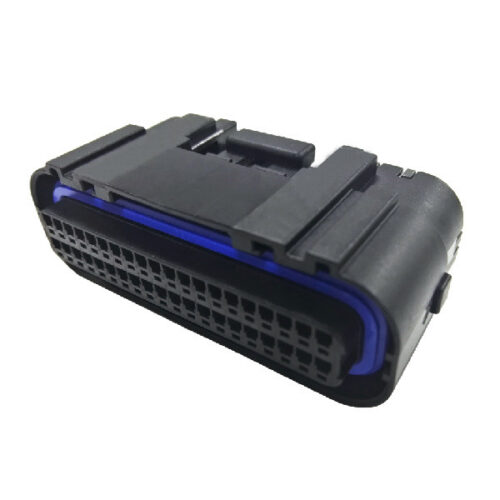
GE Series-34/40-core double-row signal connector
-
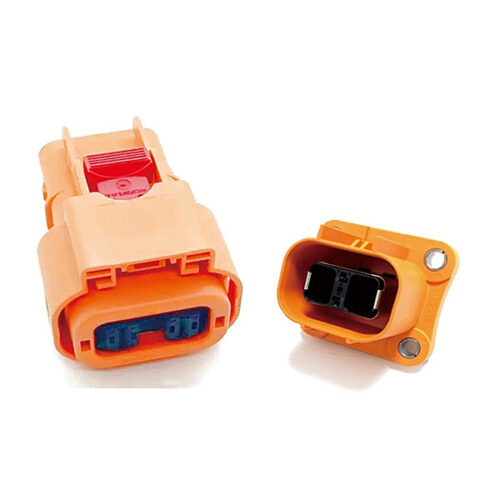
High voltage connector (2 cores)
-
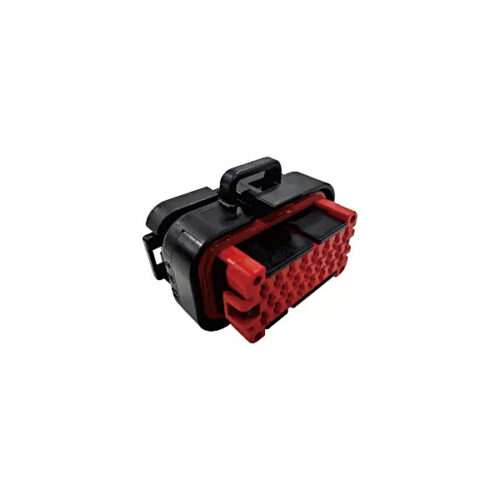
Signal connector – waterproof, three rows, 23 cores
-
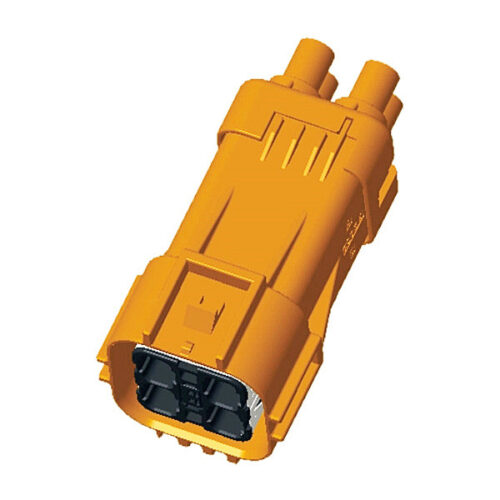
High voltage connector-GH630 series-4P
-
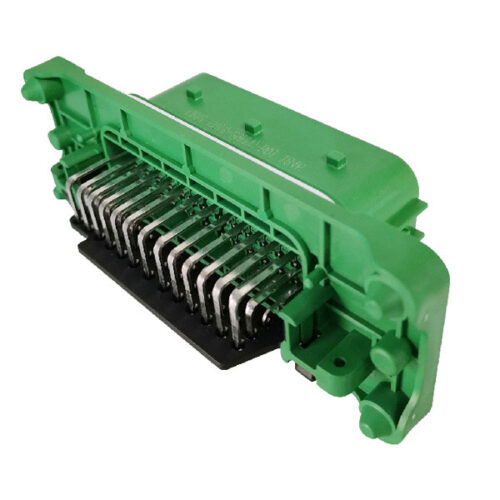
GE Series-39-core rectangular connector-socket
-
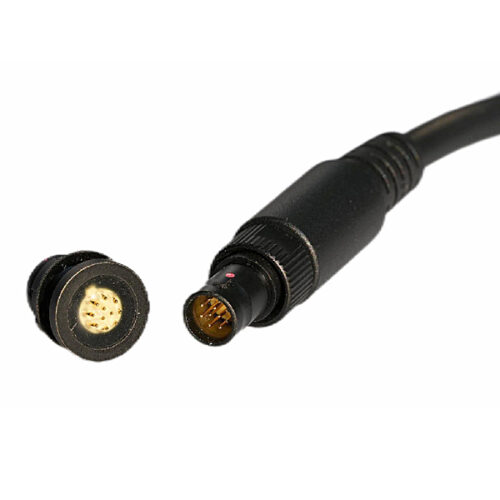
GA Series-11-pin Aviation Connector
-
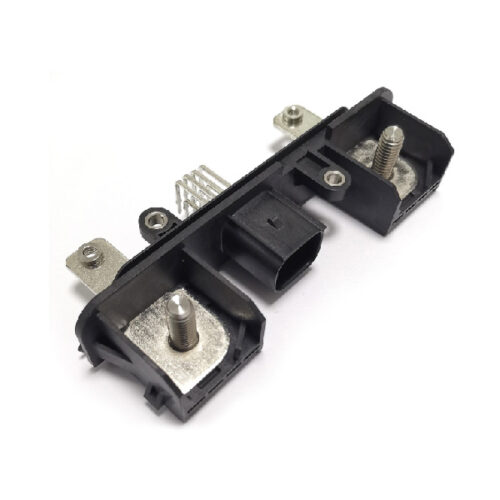
GD Series – Automotive Combined Power Connector – 2+8 Pin Hybrid Power Connector 150A 500V DC IP67 Waterproof
-
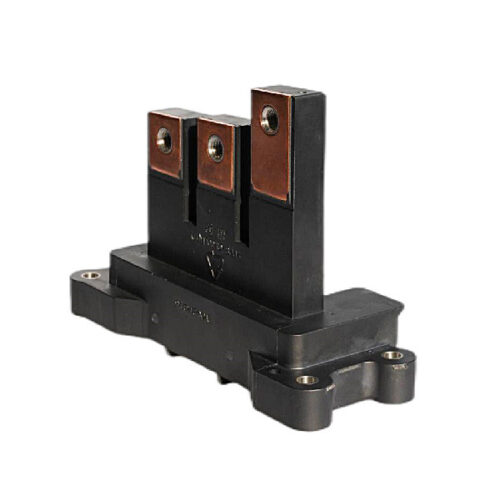
Electronic control copper bar assembly

